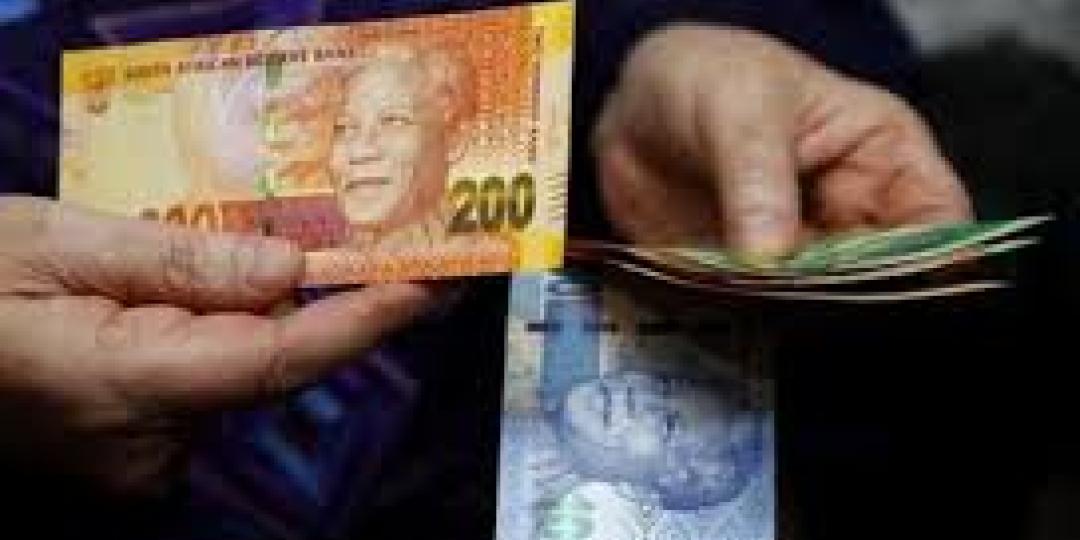While international arrivals to South Africa declined 3% year on year for the first quarter of the year, foreign direct spend increased by 24.1% to R25.7 billion ($1.6bn).
This is according to the latest Tourism Performance Report, compiled by the Strategy, Insights and Analytics unit (SIA) at SA Tourism, which provides a review of the performance of the tourism sector in the first quarter of the year compared with the same quarter in 2018.
A total of 2,7 million international tourists visited South Africa from January to March, a 3% decline when compared to the same period in 2018.
According to the report, guests stayed an average of 11.2 days in the country compared with last year’s average of 10.9 days.
Europe, the second biggest source region after Africa for international tourism, declined by 8.5% to record only 467 791 tourist arrivals in the first quarter. The average spend of these visitors increased by 53% to an average R30 274 ($2000) per traveller, while an overall increase of 49.1% was recorded for total foreign direct spend for travellers from Europe – a whopping R12 billion ($791mn) overall. According to SA Tourism, this is three times more than an average tourist spends in the country.
Arrivals from Africa declined by 1,8% to 1,9 million visitors, as did spend, which dropped by 2.5% to R7.9 billion ($520mn).
“The key drivers of spend was the 8.2% depreciation in the rand against the euro, 8.5% inflation (double from 4.3% in the previous year) and an increase in the length of stay. Against the USD, the rand depreciated by 16.7% while against the Pound, it depreciated by 7.1%,” reads the report.
Tourists from Austria spent more than ever before with an increase of 94.4% in overall total spend, but the biggest spenders were travellers from the United Kingdom, who spent an overall R4 billion ($253mn), a 67.4% increase on the previous year.
After Europe, the second biggest spenders on average were North Americans, with an average of R26 500 ($1 700) per tourist. The region saw an overall 28.1% increase in spending overall.
Other regions that also saw an increase in spending were Asia with 20.4% growth at R1,3 billion ($33mn), Australasia with 10.7%, at R0.5 billion ($33mn) while Central and South American spend increased to R0,6 billion ($39mn), a 33.2% growth.
Only Africa and the Middle East saw a drop in spending. African visitors only spent R7.9 billion ($520mn) compared with R8 billion ($520mn) last year. The Middle East saw a drop of 14.7% in spending down to R0,2 billion ($13.2mn).
According to the research, international tourists predominantly spent their money on shopping. This activity increased 16.8% to R6.5 billion ($420bn), while the second biggest category was food. This sector recorded an increase of 45% to R5.6 billion ($369bn). Accommodation expenditure increased by 68.6%.
The report also notes that usage of self-catering units, bed and breakfast establishments and backpacking hotels decreased, with more bookings in hotels. According to the STR global report, the usage of five-star hotel occupancy increased from 68.7% to 71.7%.
At least a fifth of tourists visited more than one province, albeit slightly less than the trend last year. Gauteng continued to draw the most international travellers and the most spend. Visitors to the province spent R7,6 billion ($500mn) in the first quarter. Limpopo attracted the second most visitors but the third lowest spend at R1,8 billion ($118mn), while the Western Cape was the third most visited province, but had the second highest spend at R5,3 billion ($349mn).























